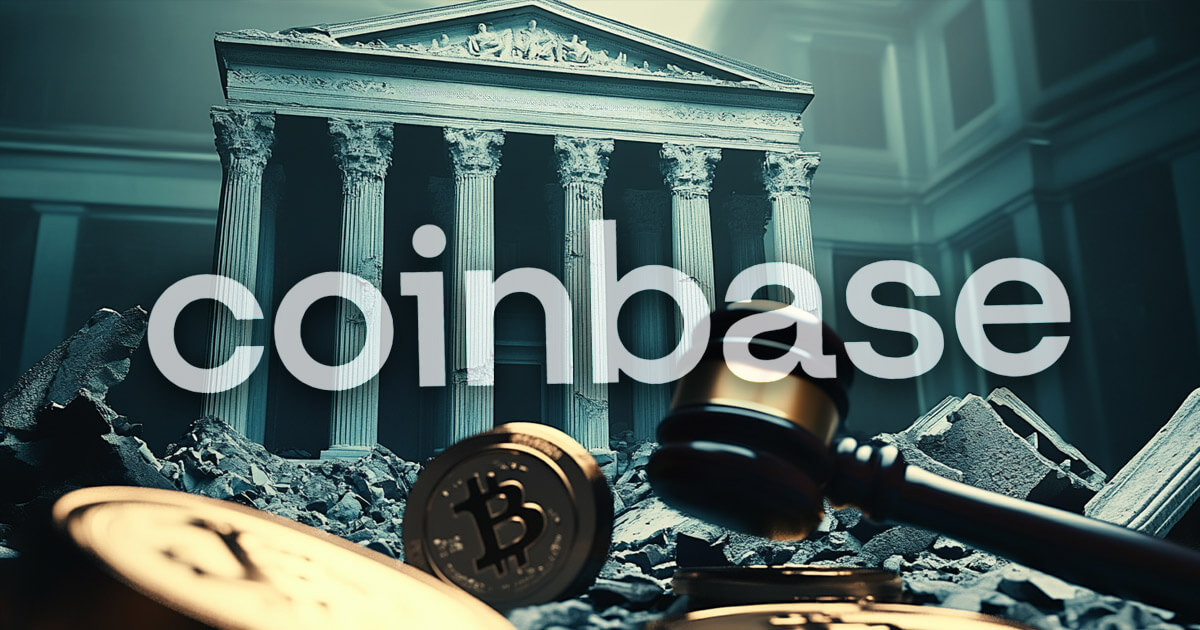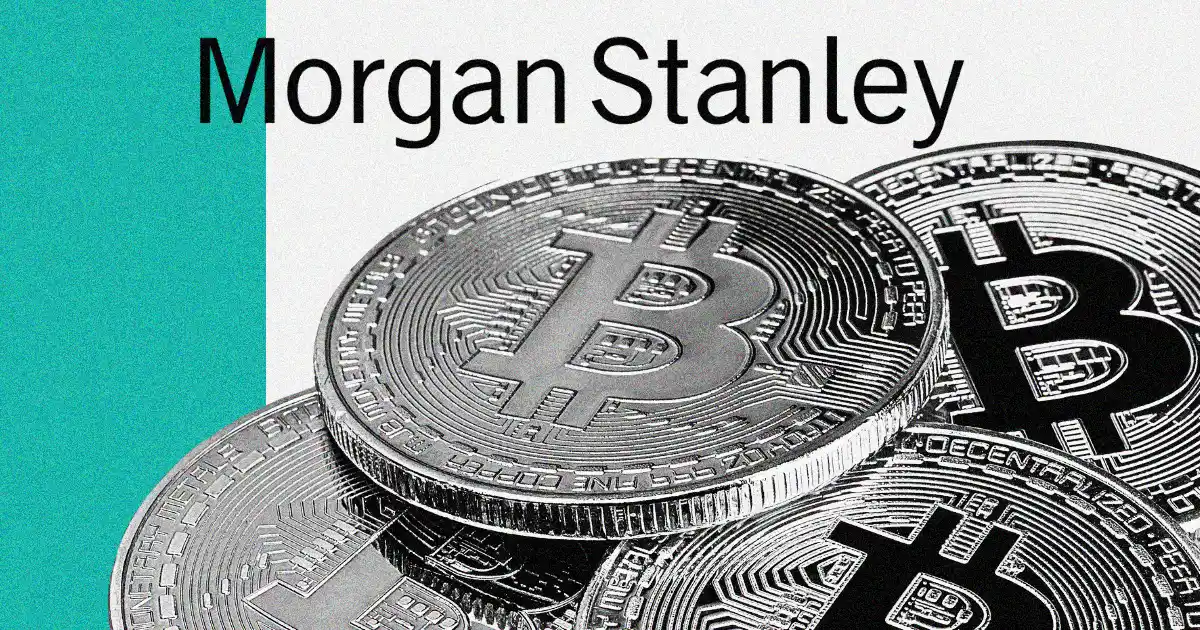The EU’s financial stability watchdog, the European Systemic Risk Board (ESRB), has proposed new policy priorities for the bloc’s decentralised finance (DeFi) and crypto asset sectors.
In a financial stability analysis published at the end of May, the ESRB emphasised the need for new reporting requirements within the crypto industry, along with rules governing DeFi applications and service providers for the first time.
It follows a tumultuous 18 months for crypto assets and the DeFi ecosystem. Since January 2022, the total value locked in DeFi platforms and distributed applications has plunged from about $160bn to just $43bn as of June 23, 2023, according to data from DeFiLlama.
Cryptocurrency prices have also been wracked by volatility over this period and accompanied by the failure of various crypto asset firms.
These erratic market movements, preceded by years of explosive growth, prompted the ESRB to investigate the financial stability implications of crypto assets and the DeFi ecosystem, as well as the policy priorities facing European decision-makers in light of any update to the bloc’s groundbreaking Markets in Crypto Assets (MiCA) legislation.
The ESRB notes that “the crypto asset world has had few links with and provided few services to the real economy, none of them vital … [though] authorities should be able to understand the developments of the sector and their potential implications for financial stability”. It also stresses the need to identify and monitor potential risks to financial stability that may emerge over time.
To this end, the report identifies a number of potential policy priorities. In terms of the crypto asset sector, this includes the introduction of new reporting requirements for traditional financial institutions with exposure to crypto assets, something that MiCA does not cover. But it also proposes fresh reporting obligations for crypto asset platforms in terms of their dealings within the sector.
Comprehensive reporting requirements are proposed for crypto asset service providers, particularly between trading platforms, as well as between these venues and token issuers. This would, according to the ESRB, address a gap in the MiCA regime that does not explicitly impose requirements of this kind on trading platforms.
Yet industry participants reckon that any new reporting requirements must be structured in a way that reflects the diversity of the market if they are to be successful.
“While additional reporting obligations could enhance transparency, it is important to consider the potential burden on trading platforms, especially smaller ones. A one-size-fits-all approach may not be beneficial, and a tiered reporting system based on the size and operations of the platform could be a more effective solution,” says Panagiota Stamou, founder of the Crypto Research and Regulation Lab.
Other policy priorities flagged by the ESRB include the development of a more comprehensive set of regulations for crypto asset conglomerates, to mirror the “prudential consolidation rules” and “supplementary supervision arrangements” that exist for traditional banks and financial conglomerates. In addition, the outline of a more restrictive regulatory framework for leverage in the crypto asset space, for both traditional financial institutions and crypto firms, is proposed.
While the intent to mitigate risks is commendable, the practicality of these proposals may be challenging
Yet the ESRB’s policy recommendations for the decentralised finance ecosystem are even more far-reaching, even if the watchdog designates them as a secondary priority. This includes the need to “strengthen the robustness” of DeFi services by, among other things, imposing audit, testing and design requirements on smart contracts, as well as the introduction of a form of tort liability for licensees of these contracts and other “DeFi deployers”.
Moreover, the watchdog notes that requirements for DeFi oracles – data feeds that deliver real-world information to a blockchain environment – should potentially be subject to stricter oversight and regulatory obligations. These ideas are, however, embryonic and the outlook for their implementation is uncertain.
“The ESRB’s proposals for DeFi are ambitious, given the decentralised and global nature of the sector. While the intent to mitigate risks is commendable, the practicality of these proposals may be challenging. It is crucial to engage with industry stakeholders to develop feasible and effective regulatory measures,” says Ms Stamou.
In any case, the ESRB’s financial stability analysis – and accompanying policy suggestions – could serve as inspiration for EU decision-makers before long. With MiCA entering into force in 2024, the bloc will be under pressure to refine, improve and strengthen its crypto asset and DeFi rulebook in a more uncertain and competitive world.
“The EU’s approach to regulation and oversight, including initiatives like MiCA, has the potential to nurture the industry over time. However, it is essential to ensure that these regulations are adaptive and responsive to technological advancements to maintain a competitive edge,” says Ms Stamou.
Credit: Source link















































